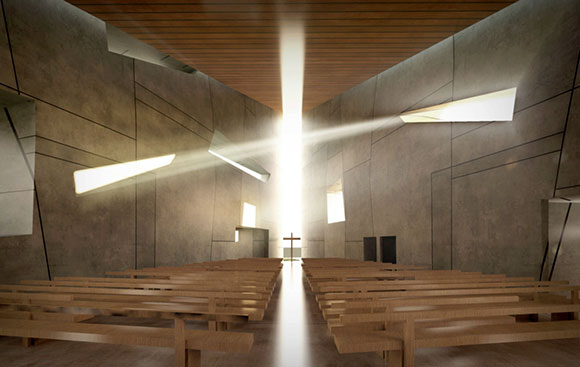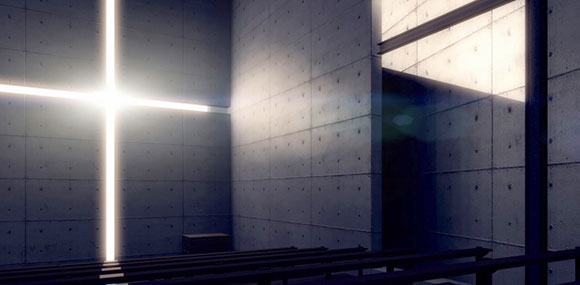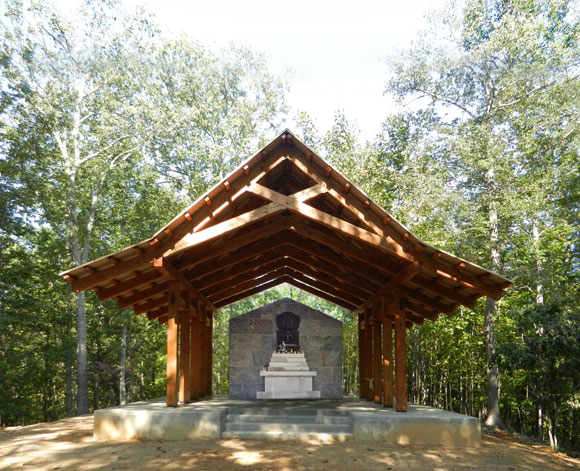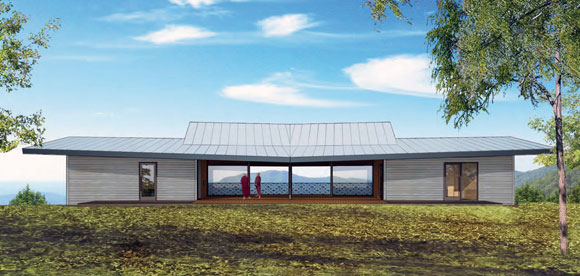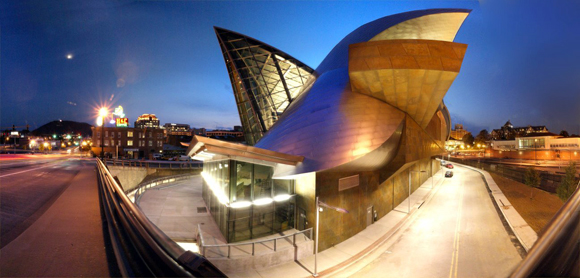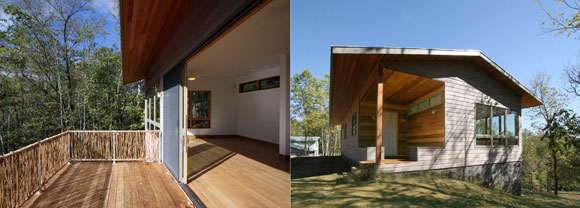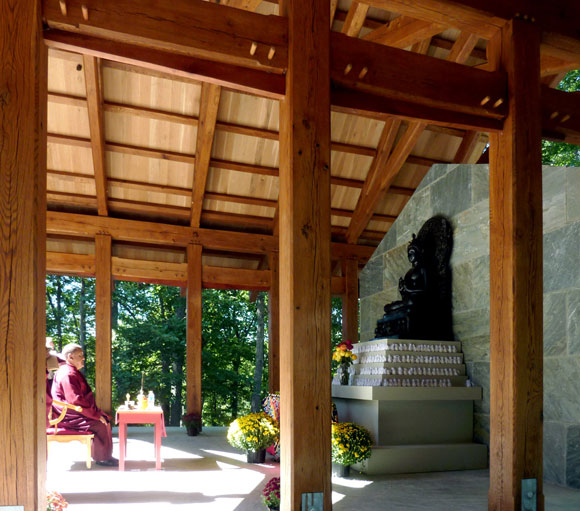LIGHT AS A BUILDING MATERIAL: SACRED AND SYMBOLIC
Ando Church of Light, Ibaraki, Tokyo (photo from architectureassociate.blogspot.com)
In the design of religious buildings, whether a Christian church, Buddhist temple, or Jesuit convocation center (we’ve done all three), the element of light is one of the most critical design aspects. Whether natural or artificial, light can be a building material—elemental to sacred architecture.
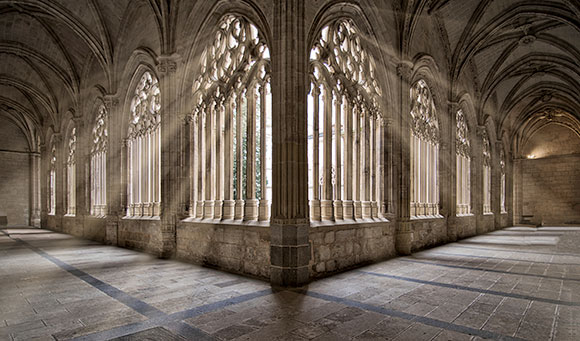
Throughout history, mere iconography provides an easy and explicit representation of religion, such as the cross (the Crucifixion), a lamb (Jesus Christ) or the triangle (Holy Trinity). But more abstractly, meaning both more subtly and powerfully, light can be used in religious structures to represent a higher power. We do not know what God looks like specifically, but suffice it to say, a beam of light breaking through the clouds is a close rendition for many. In addition to the dramatic presence of holy illumination, there are half a dozen other ways in which light can be used in architecture to symbolize a supreme being or various conceptions of God.
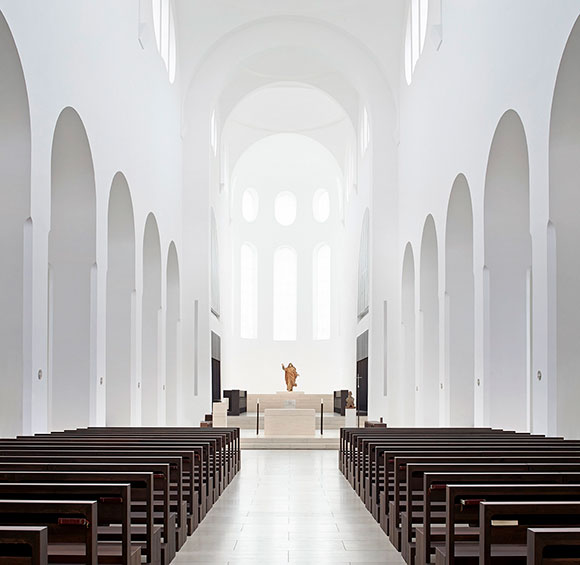
1. Flooding a church with an abundance of light, both natural sunlight and a well-designed lighting system achieves the three omni’s of God: omnipresent as in everywhere, omnipotent as in all-powerful, and omniscient as in all-knowing. The supremacy and influence blankets the visitor.
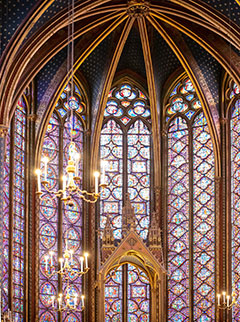
2. A thousand years of stained glass—the exquisite use of colors and sparkle—provides the cathedral’s interior an elevated existence. One full of delight, full of spirit. Stained glass –and its associated pictures, stories, and technique—uplifts the human spirit.
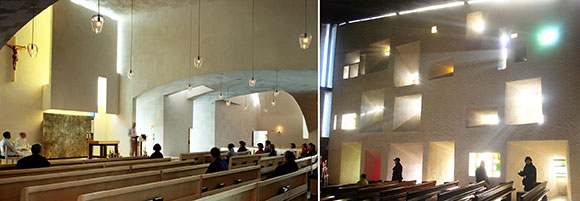
3. From Holl’s Chapel of St. Ignatius to Le Corbusier’s Ronchamp, one finds a common design composition: the random patterning of window sizes and placement. The resulting play of light suggests a mystical and mysterious presence, implies the unexpected, and delivers an incomprehensible higher power.
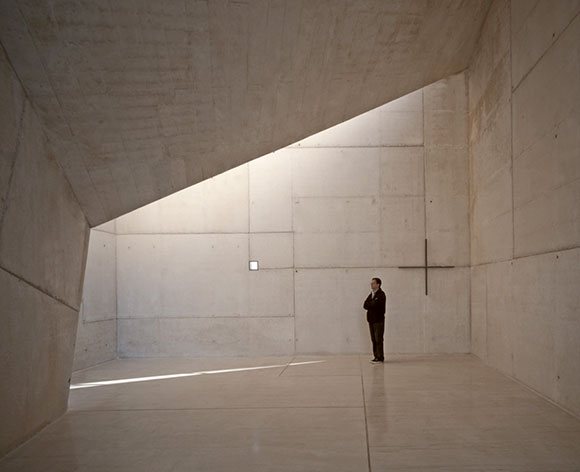
4. At times, even the most modest wash of light raking across a barren concrete surface can imply the gentle hand of one’s God. Like the way faith is supposed to operate, it simply is what it is—what one wishes to believe.
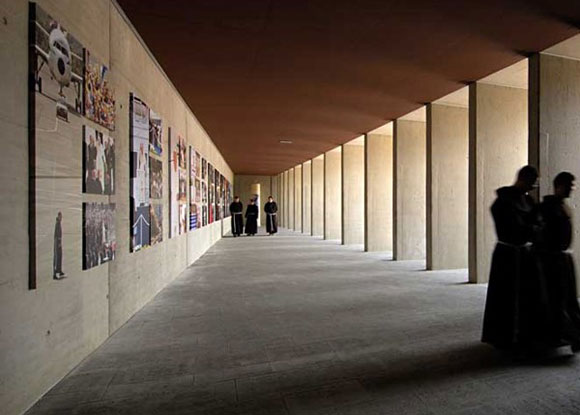
5. Rays of light passing through rhythmic architecture recalls the structure behind beliefs and teachings. The expectedness of the repetition represents the foundation and sureness of religion, and the visual and experiential reverberation gives a feel of an infinite presence.
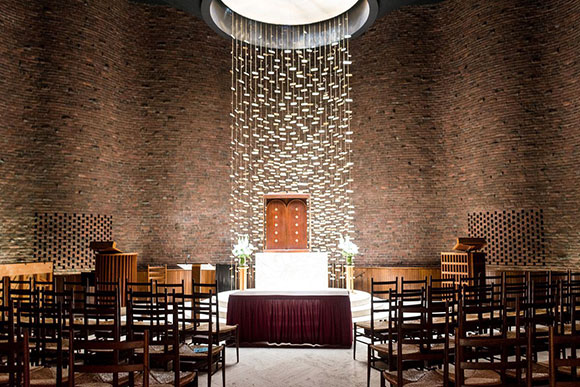
6. Light in sacred spaces have been applied in the most artistic ways, expressing the otherworldly plane of the Heavens. Whether the creative composition is solemn or spirited, light brings messages tangible and intangible, crafted and sacred.
